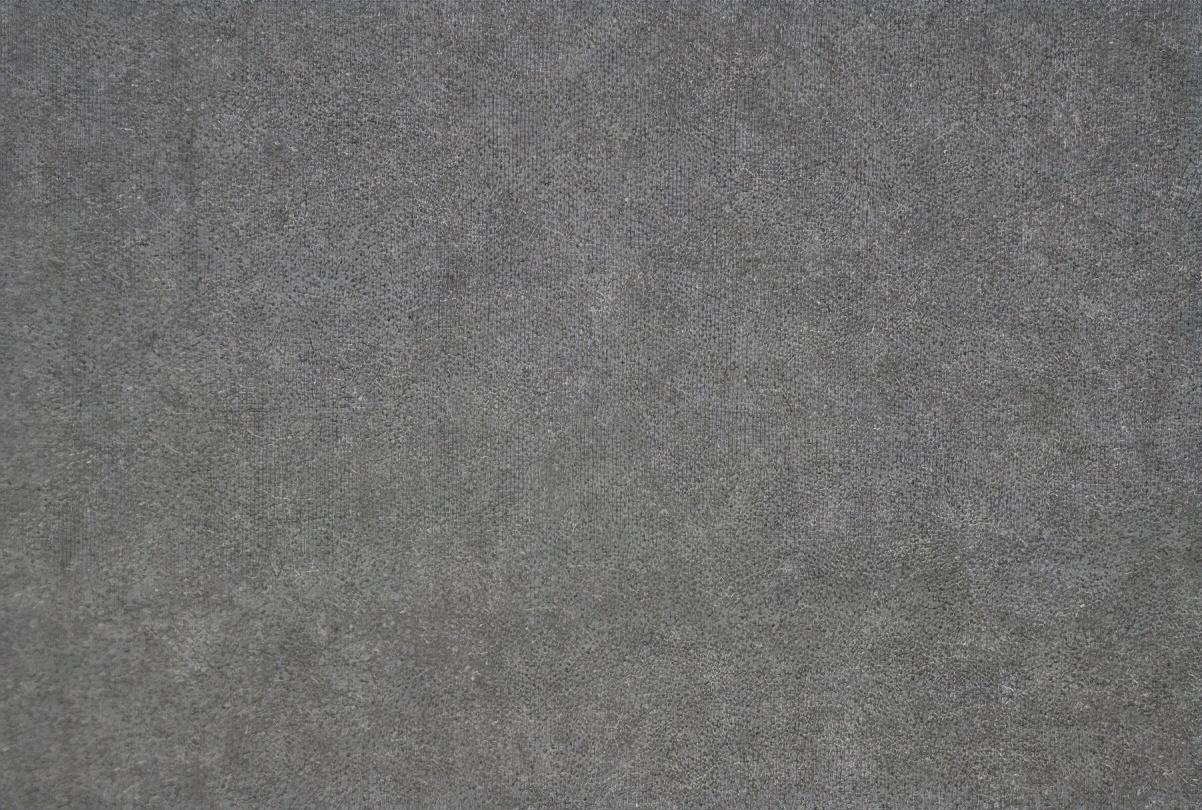Sea-island fiber is a polymer dispersed in another polymer. The dispersed phase in the fiber cross-section is in an “island” state, and the matrix is equivalent to the “sea” , from the cross-section of the fiber, one component is surrounded by another component in a fine and dispersed state, like there are many islands in the sea.

It can be seen that the island silk used to produce suede is not actually a single island silk, but ordinary island silk and high shrinkage The island-type composite ultra-fine mixed fiber network yarn is formed after the yarns are combined and processed into a network. In production, it is still referred to as “island yarn”.
Its concept is a combination of four concepts: island yarn, composite fiber, mixed fiber and network yarn. Its yarn processing technology includes These four fiber special processing methods.
When the sea-island yarn floats on the surface of the fabric with a larger floating length, after being opened by the action of alkali solution, the set state of the high-shrinkage yarn is released. When shrinking, the sea component of the sea-island filaments dissolves, and the island fibrils are loosely entangled around the high-shrinkage filaments. Island fibrils are composed of ultrafine fibers. Although the fiber specific strength is very high, the fiber diameter is very thin and the absolute strength is low.
Therefore, under the same conditions, the island fibrils formed by sea-island silk are more likely to be worn apart than other fibers, resulting in many fine and even fluffs on the surface of the fabric. cluster.

The determining factors of the length of the island silk pile are: the length of the island silk floating line; the fabric structure; the warp and weft density; the warp and weft thread density; the high shrinkage yarn in the composite yarn Shrinkage rate; number of network sections; absolute strength of microfiber; grinding process.
Among them, the most critical thing is the length of the island silk floating thread that forms the fluff effect, which is determined by the fabric structure and warp and weft density. The larger it is, the smaller the warp and weft density, and the thicker the yarn, the greater the floating length of the sea-island silk in the fabric, and the longer the fluff formed on the surface of the fabric after sanding. On the contrary, the shorter the villi.
At the same time, the length of the fluff also depends on the stability of the island silk in the fabric. The tighter the fabric, the less likely the silk threads and fibers will slip, and the easier it will be to sand. , the shorter the fluff obtained and the more uniform and fine the fluff clusters are. On the contrary, the looser the fabric, the easier it is for the threads and fibers to slip, and the harder it is to sand, the longer the fluff obtained, and the more messy and rough the fluff clusters are. The greater the absolute strength of island silk, although its raising performance decreases, the fluff formed is relatively longer.
The length of the weft suede pile is also affected by the opening rate during tenter setting. The greater the opening rate, the greater the weft width under the same circumstances. , the longer the fluff formed after sanding.
These also explain why “island silk” can be velveted. This is the “truth” of “island silk” velvet.

In addition, island silk also has the following characteristics.
a. High coverage:
As the fiber fineness decreases, the diameter becomes thinner , the surface area per unit weight of fiber increases. As the surface area increases, the covering ability of the fiber increases and the moisture absorption performance is greatly improved.
b. Soft feel and comfortable to wear:
Due to the ultra-fine fibers, the fibers are softer , made into fabrics, can produce capillary wicking, allowing the fabric to absorb more moisture, and move the moisture to the surface of the fabric to evaporate, increasing the comfort of wearing it.

c. The fabric has soft luster:
The smaller the diameter of the microfiber, the The smaller the radius of curvature of the fiber, the greater the proportion of scattered light reflected on its surface, making the tone of the fabric surface softer.
Through the design and processing of fabrics and the extremely fine fibrillation characteristics of island fibers, many special fabric styles can be obtained, such as imitation cashmere, imitation suede, and ultra-thin fabrics. High-density fabrics, etc. This type of fabric can be widely used in clothing, clothing, luggage, indoor supplies and industrial fields.
Developed using sea island fiber
Many properties of imitation suede fabrics are no less than those of natural suede, and many properties are even better than those of natural suede. Its fabric feels soft,
It has good drape and is light and thin in texture. It is half the size of real leather and can be woven into fabrics of different thicknesses and weights. It can be subjected to various surface treatments to achieve various surface effects. The surface has a writing effect and a good three-dimensional effect; it has small shrinkage and deformation due to heat and humidity, and has good breathability, waterproofing and breathability effects. The fabric has high strength, which is far better than natural suede.







